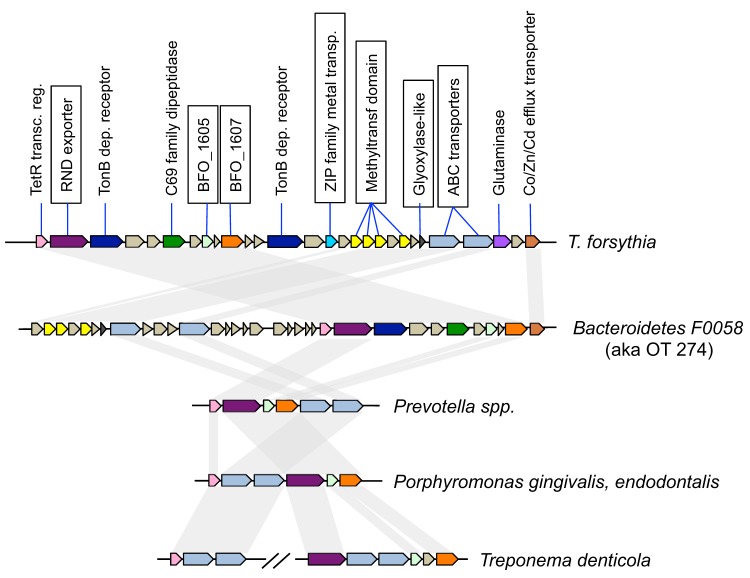Figure 4. Genome maps of a gene cluster in T. forsythia and other organisms.
The cluster was identified by a bioinformatics screen for possible virulence genes, identifying genes with homologs in T. forsythia and at least one of six Bacteroidetes organisms associated with chronic periodontitis, but absent from the five longest BU063 assemblies (protein BLAST results with cut-offs 30% identity and e-value 10−5). A cluster of genes including many with apparent cell-surface function was identified within the results. The predicted gene functions are shown above the T. forsythia map, with colors indicating conserved genes in the other organisms. The boxed genes are more similar to the other periodontitis-associated organisms than to BU063. Gray bars in the background show the pattern of sequence conservation by connecting genes to homologous genes in the other organisms.

